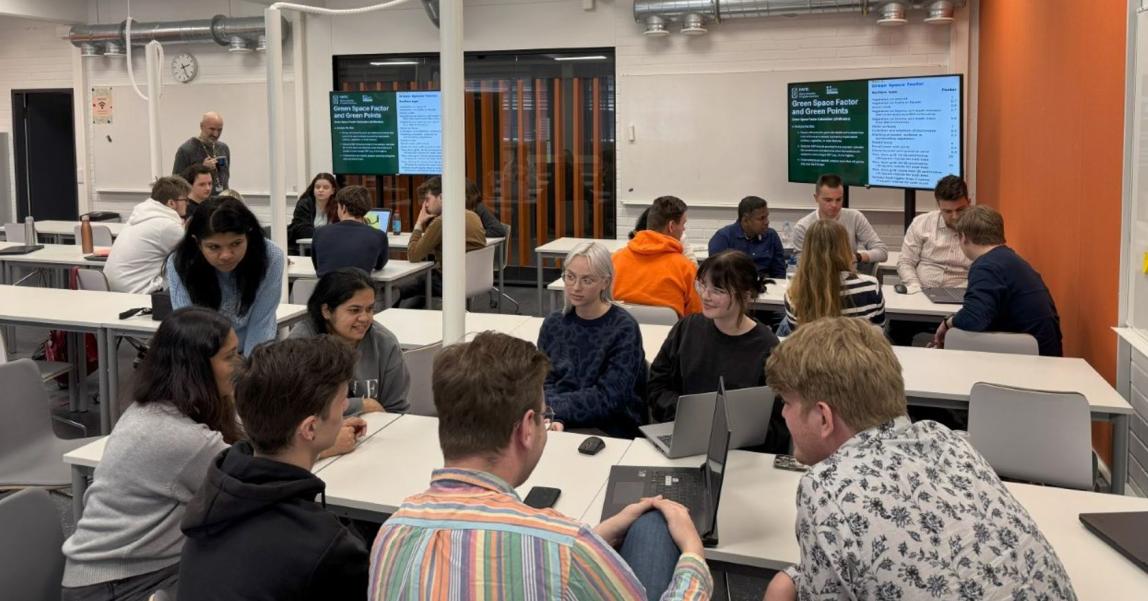
Planning a sustainable future for city centre and station in Finland
05/07/2025 - 08:47
In early April, nineteen Built Environment students from Breda University of Applied Sciences (BUas) in the Netherlands arrived at Häme University of Applied Sciences’ (HAMK) Riihimäki, Finland campus to take part in a collaborative urban planning project. The assignment focused on the future Hista railway station, part of the broader West Railway development, which aims to connect Helsinki and Turku via a high-speed rail line.